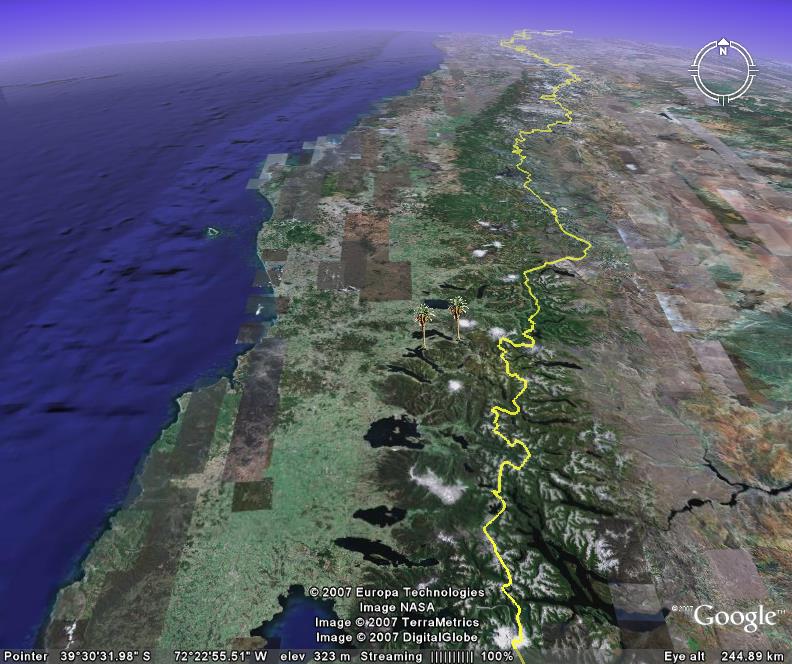Many intensive farmers — and most gardeners — use diversity in time to improve their harvests. They change the crop growing on a particular piece of land from year to year. Legumes add nitrogen to the soil, which the following crop, perhaps a cereal, uses up. That’s the simplest rotation, and soybean-maize covers vast swathes of land. But with the increasing unpredictability of conditions, more complex systems may be more beneficial. Indeed, recent research suggests that a dynamic rotation, which draws on a larger selection of crop diversity and which changes the exact pattern of rotation depending on recent past events, may be the best option yet.
A symposium in 2005 heard reports from USDA scientists who had conducted experiments in dynamic cropping; that symposium has now been published in Agronomy Journal. Access is restricted, so I’m glad that Biopact has quite a detailed analysis, even though I cannot discover from its web site who is behind Biopact.

